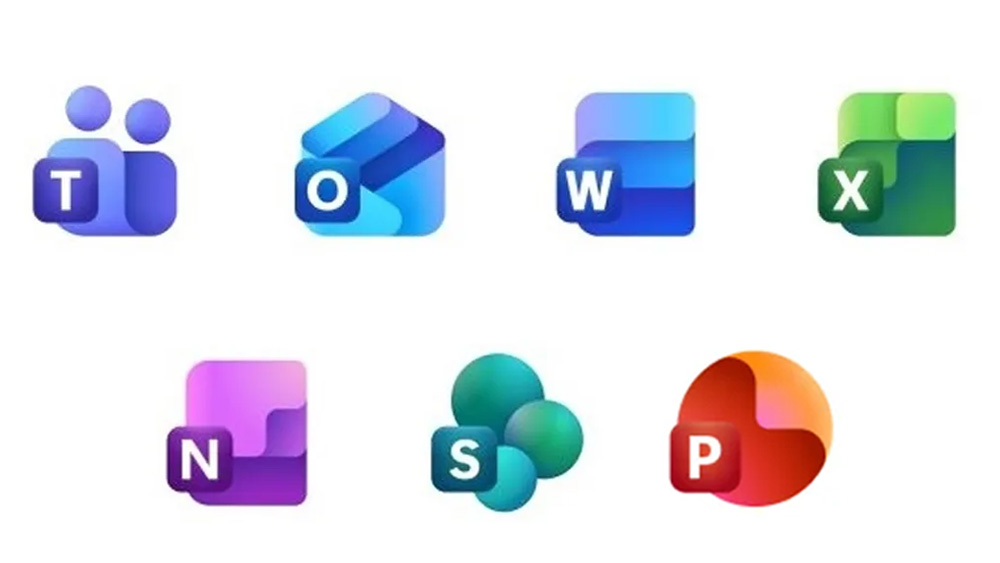Google Maps Introduces Innovative AI Tools to Enhance Urban Infrastructure and Business Insights

In a groundbreaking announcement made during Googles annual Cloud Next conference in Las Vegas, the tech giant revealed a suite of new paid AI-powered tools for Google Maps. These tools are designed to assist businesses, cities, and local agencies in enhancing their infrastructure, managing traffic congestion, and analyzing local trends. The integration of artificial intelligence into Google Maps marks a significant step forward in how organizations can utilize technology to make informed decisions about urban planning and business expansion.
One of the standout features introduced is called Imagery Insights. This innovative tool combines Google Street View imagery with Vertex AI, Googles advanced artificial intelligence framework. The primary function of Imagery Insights is to identify and analyze various objects within the urban landscape, such as utility poles and street signs. For instance, a telecommunications company can leverage this technology to pinpoint which utility poles are in need of maintenance. Instead of dispatching personnel to physically examine each pole, they can virtually assess the conditions based on the AI-generated data. Yael Maguire, Googles general manager of Google Maps Platforms, emphasized the efficiency of this tool, stating that it enables companies to manage infrastructure remotely, thereby saving time and resources.
"AI is absolutely essential to making this happen because we can't rely on humans, for example, to identify all of the poles in Google Street View imagery or all of the stop signs in a particular city or the potholes or broken sidewalks," Maguire explained to CNET. He added that these tools are designed to enhance existing workflows rather than replace human labor.
Additionally, Google is rolling out another tool known as Places Insights. This feature aims to help businesses identify emerging trends in specific areas, which can be crucial for strategic planning and growth. With Places Insights, Google will offer detailed and aggregated information regarding various metrics such as customer ratings, store hours, parking availability, and accessibility for individuals with disabilities. For retailers considering expansion, the tool can suggest optimal locations, for example, identifying areas bustling with high-end restaurants that currently lack major retail stores. This feature ultimately aims to improve the decision-making process for businesses looking to capitalize on market opportunities.
"We already know it's someone's job to figure out where the next store should be. We are trying to improve the quality of that decision," Maguire stated. The tool is intended to provide a wealth of data, enriching the decisions already being made without altering the current workforce.
Another significant addition is the Roads Management Insights, which offers a deeper dive into traffic data. This tool is designed to assist traffic authorities in analyzing both historical and real-time traffic patterns, which can lead to improved road conditions. With Roads Management Insights, authorities can pinpoint high-risk accident zones and implement preventative measures such as installing speed bumps or stop signs. The ability to forecast traffic challenges before they arise is an essential benefit that can help mitigate congestion issues.
These advanced tools come at a crucial time when both consumers and businesses are grappling with concerns regarding the reliability and transparency of AI technologies. Maguire highlighted that each of the new features incorporates transparency mechanisms, allowing users to assess the confidence level in the AIs performance. "We wanted to get to a certain threshold of performance before making it available and get feedback from users to ensure it meets their needs and resolves business objectives," he noted. Early feedback has reportedly been positive, suggesting that the tools are resonating well with users.
Google plans to roll out these tools to businesses in the coming months or quarters, with some features already available for preview. This bold step towards integrating AI with everyday business and urban management reflects Googles commitment to leveraging technology for modernization and improved operational efficiency.

























